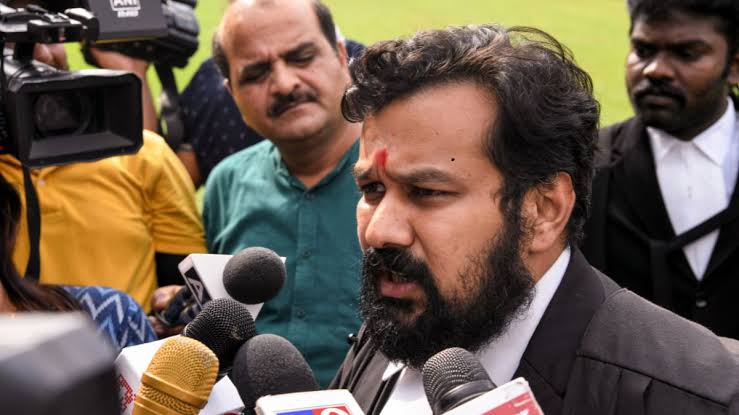Ghaziabad (Uttar Pradesh) [India] : Reacting to the Archaeological Survey of India’s report on the Gyanvapi Case, Advocate Hari Shankar Jain on Friday asserted that report clearly stated that a temple “existed” at the site of Gyanvapi mosque and urged the government to declare it a “national monument.”
“The report clearly states that a temple existed at the site ( of Gyanvapi mosque). The Government of India should take further steps in this matter, declare it a national monument and handover the whole area to Hindus by passing a law. A trust like the one in Ayodhya should be made here also so that offering of prayers can begin,” Hari Shankar Jain told on Friday.
Earlier on Thursday, the Archaeological Survey of India (ASI) report on the Gyanvapi mosque complex revealed that a pre-existing structure appeared to have been destroyed in the 17th century, and “part of it was modified and reused,” adding that based on scientific studies, it can be said that there “existed a large Hindu temple prior to the construction of the existing structure.”
The ASI also said the “western wall of the existing structure is the remaining part of a pre-existing Hindu temple”.
“The Arabic-Persian inscription found inside a room mentions that the mosque was built in the 20th regnal year of Aurangzeb (1676-77 CE). Hence, the pre-existing structure appears to have been destroyed in the 17th century, during the reign of Aurangzeb, and part of it was modified and reused in the existing structure. Based on scientific studies/survey carried out, study of architectural remains, exposed features and artefacts, inscriptions, art and sculptures, it can be said that there existed a Hindu temple prior to the construction of the existing structure,” the ASI said in its report.
“Based on the scientific studies and observations on central chamber and main entrance of the pre-existing structure in existing structure, western chamber and western wall, reuse of pillars and pilasters of pre-existing structure in the existing structure, inscriptions on the existing structure, Arabic and Persian inscription on the loose stone, sculptural remains in cellars, etc. it can be said that there existed a large Hindu temple, prior to the construction of the existing structure,” the report further said.
The ASI survey was ordered by the district court after the Hindu petitioners claimed the 17th-century mosque was constructed over a pre-existing temple.
“In compliance of the order of the District Court, Varanasi, dated July 21, 2023, affirmed by the High Court of Allahabad by order dated August 3, 2023, and the Supreme Court of India by order dated August 4, 2023, the Archaeological Survey of India (ASI) carried out a scientific investigation and survey in a 2150.5-square-meter area fenced with steel grills in and around the existing structure (excluding the areas sealed by the orders of the Supreme Court). All the objects which were noticed during the scientific investigation or survey in the complex were duly documented. These objects include inscriptions, sculptures, coins, architectural fragments, pottery, and objects of terracotta, stone, metal, and glass,” the report said.
The ASI further noted that during the present survey, a total of 34 inscriptions were recorded and 32 stampages were taken.
The ASI in its survey mentioned that pillars from earlier temples were reused while making cellars in the eastern part of the platform.
“A series of cellars were also constructed to the east to create additional space and a large platform in front of the mosque for accommodating a large number of people for prayers. Pillars from earlier temples were reused while making cellars in the eastern part of the platform. A pillar decorated with bells, niches for keeping lamps on all four sides, and bearing an inscription of Samvat 1669 is reused in cellar N2,” it said.
“Sculptures of Hindu deities and carved architectural members were found buried under the dumped soil in cellar S2,” it added.



